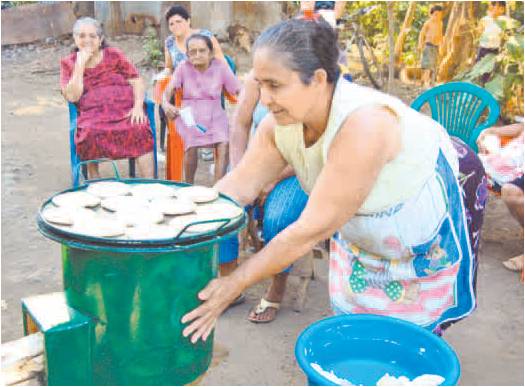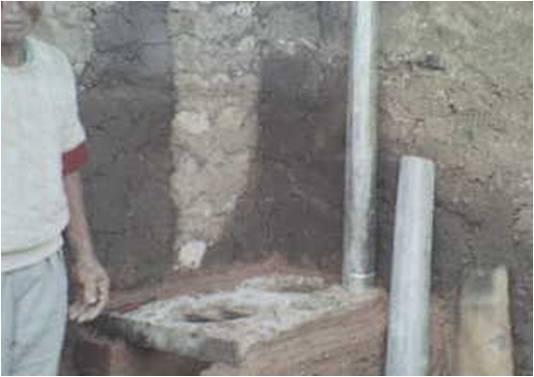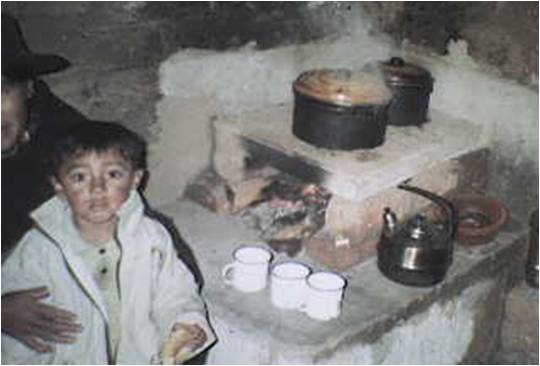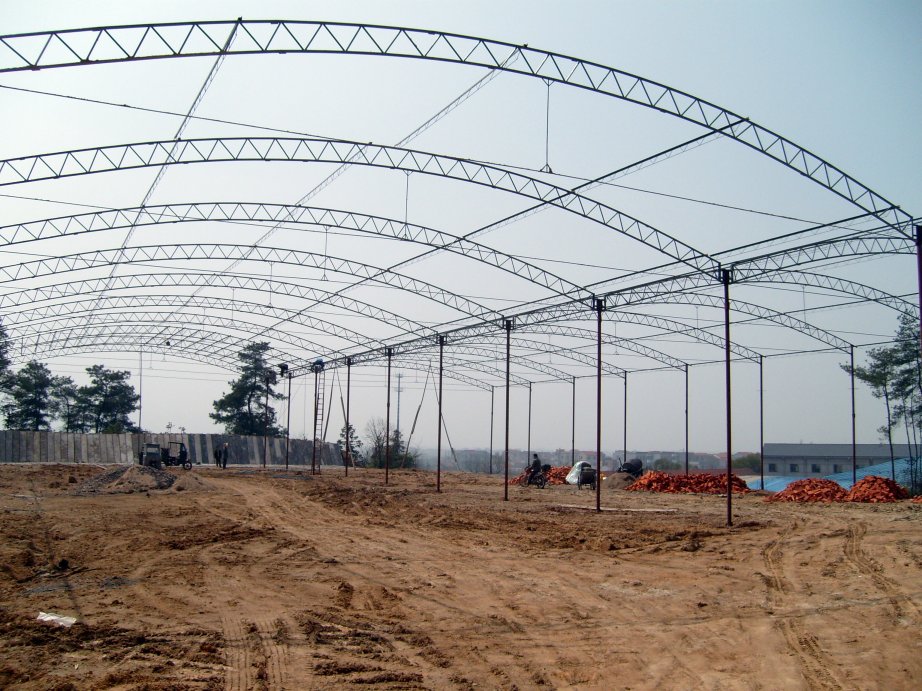"Fogón sin humo" del IMTA
Submitted by Rodolfo Diaz Jimenez on
Este documento forma parte de la propuesta técnica y social del IMTA (Instituto Mexicano de Tecnología del Agua) a la problemática de la leña. La cual se integra por una metodología de promoción de los fogones sin humo, materiales audiovisuales y gráficos, y este manual de construcción del fogón sin humo para promotores y usuarios.
El uso del molde durante la construcción del "Fogón sin humo" facilita y garantiza buenos resultados, además de garantizar las mismas que determinan buenos rendimientos de la leña, un buen calentamiento del comal y la eliminación del humo de la cocina.
Proponemos abordar la problemática de la leña desde la perspectiva del desarrollo comunitario y la conservación de los recursos naturales: bosque, agua y suelo. La promoción de los "Fogones sin humo" se realiza desde el enfoque de comunicación rural. El objetivo principal de la propuesta es contribuir en lo inmediato al mejoramiento de las condiciones de vida y trabajo de las familias rurales que cocinan con leña, buscando eliminar la contaminación del interior de las cocinas por el humo, y de manera importante disminuir el consumo y el corte de árboles. Así como reducir el acarreo y/o compra de leña. En el mediano plazo también contribuye a la conservación de los montes o bosques, suelo y agua. En estas condiciones la pobreza se tiene que considerar un factor crítico en los procesos de degradación de los bosques y su impacto en la calidad y cantidad de agua.
- Read more about "Fogón sin humo" del IMTA
- Log in to post comments





